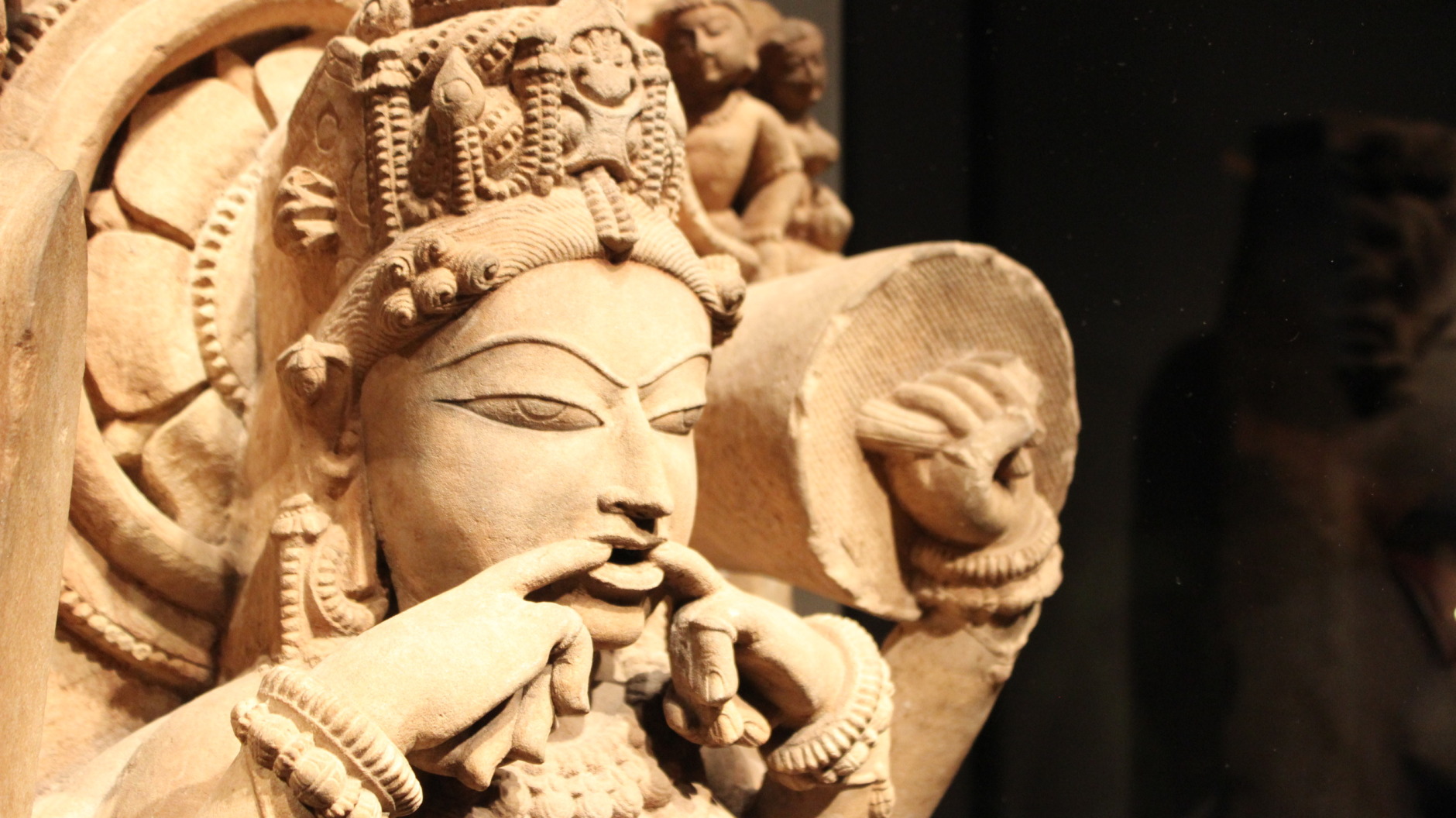
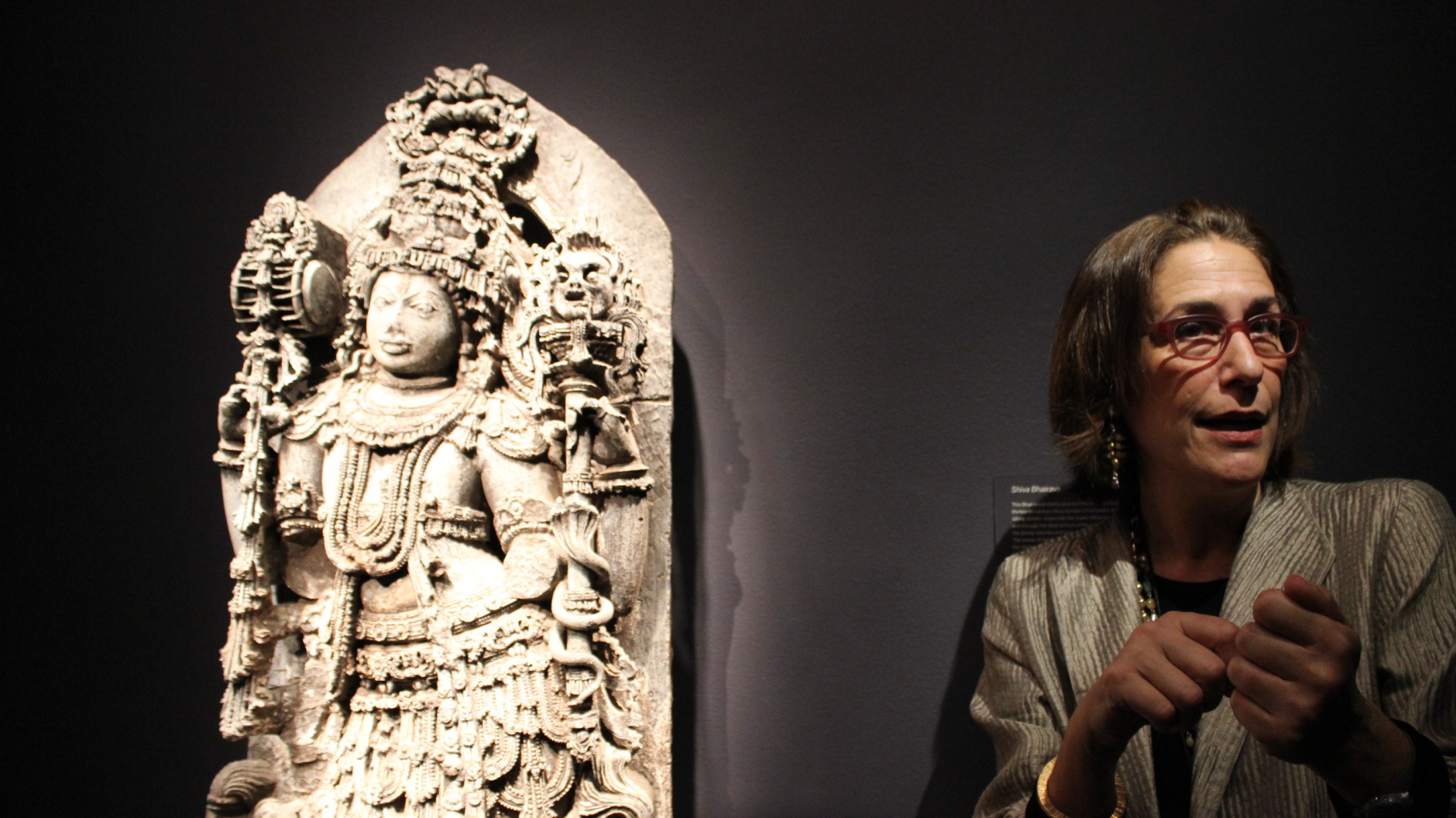
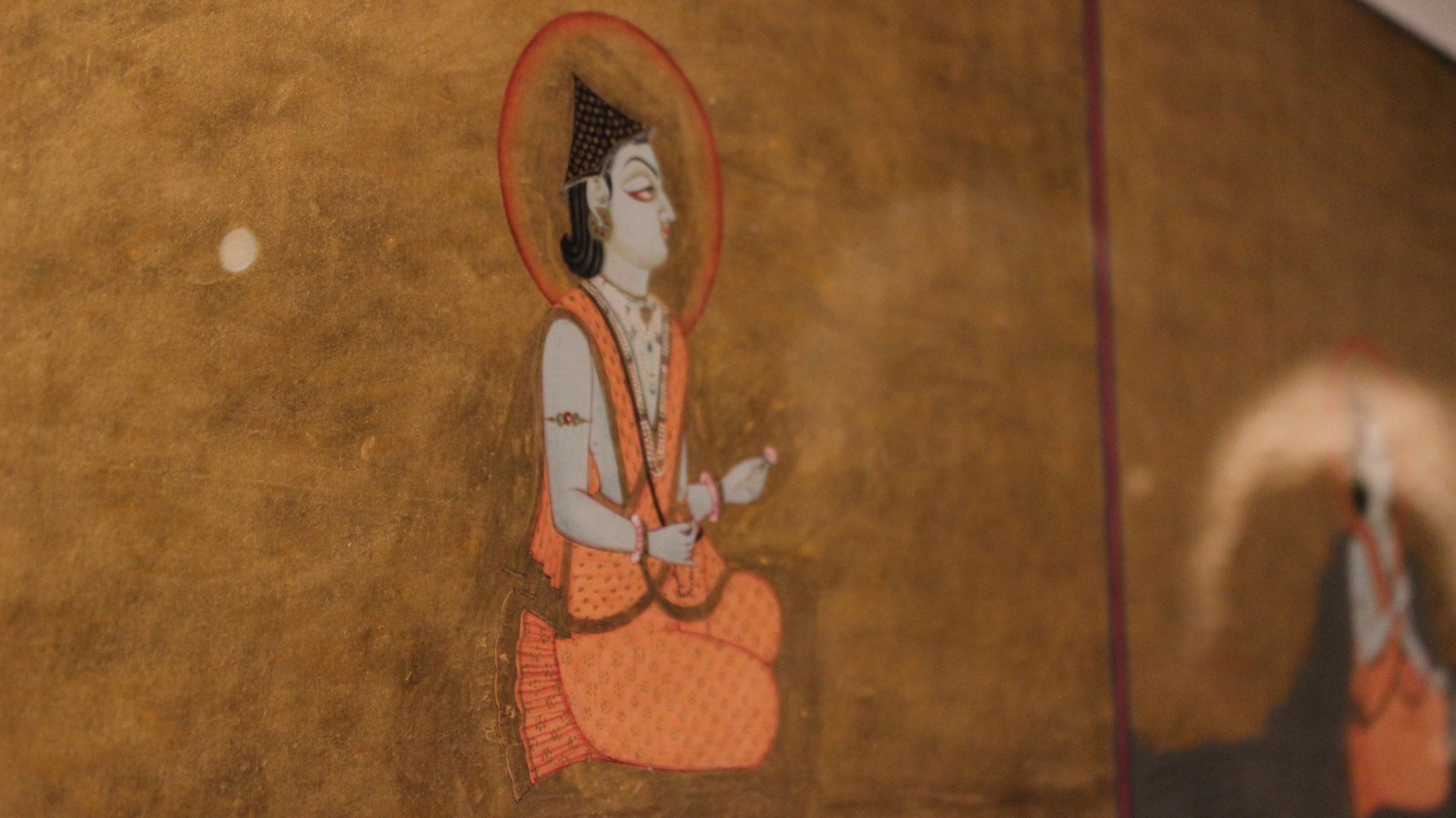
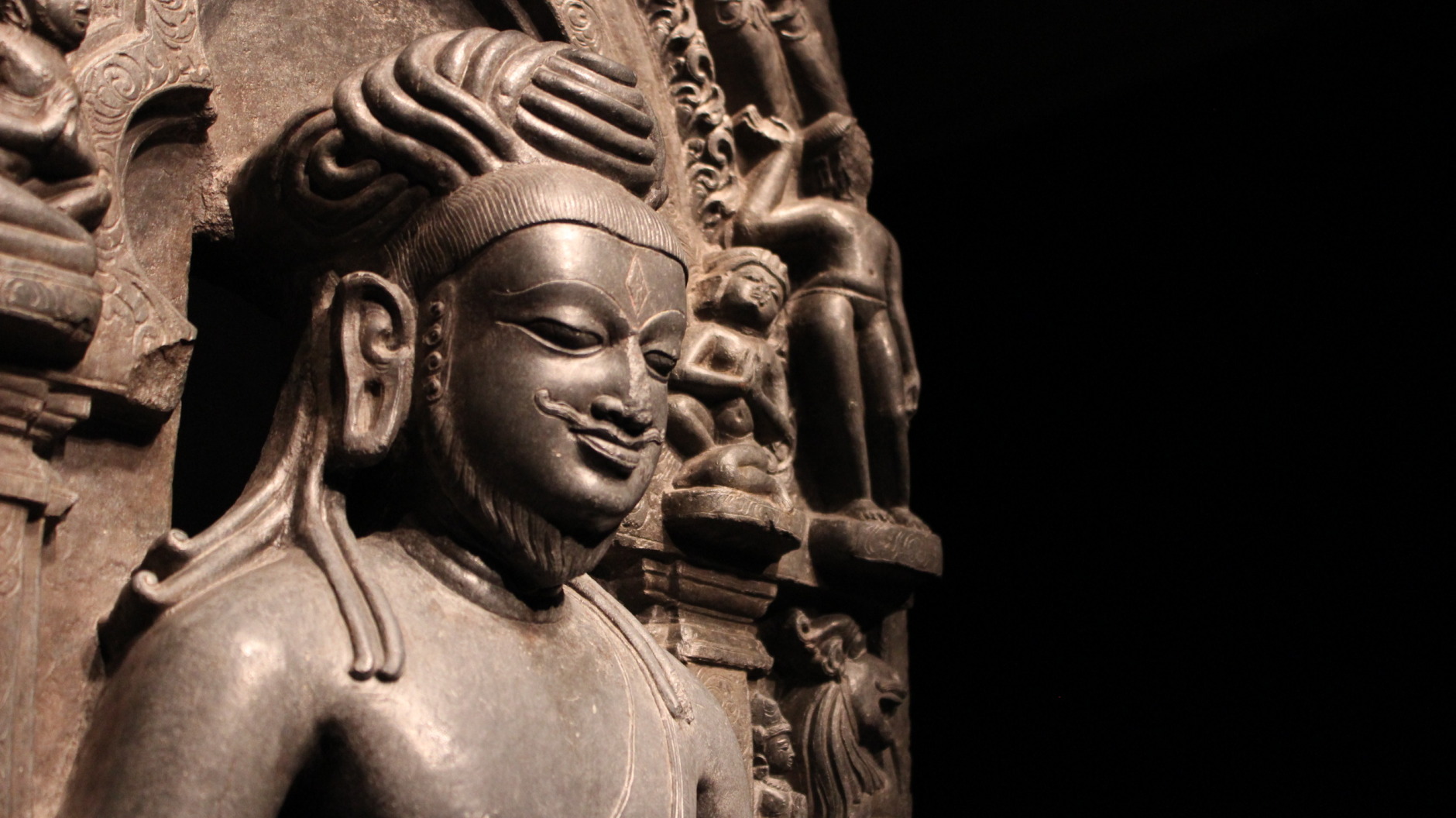


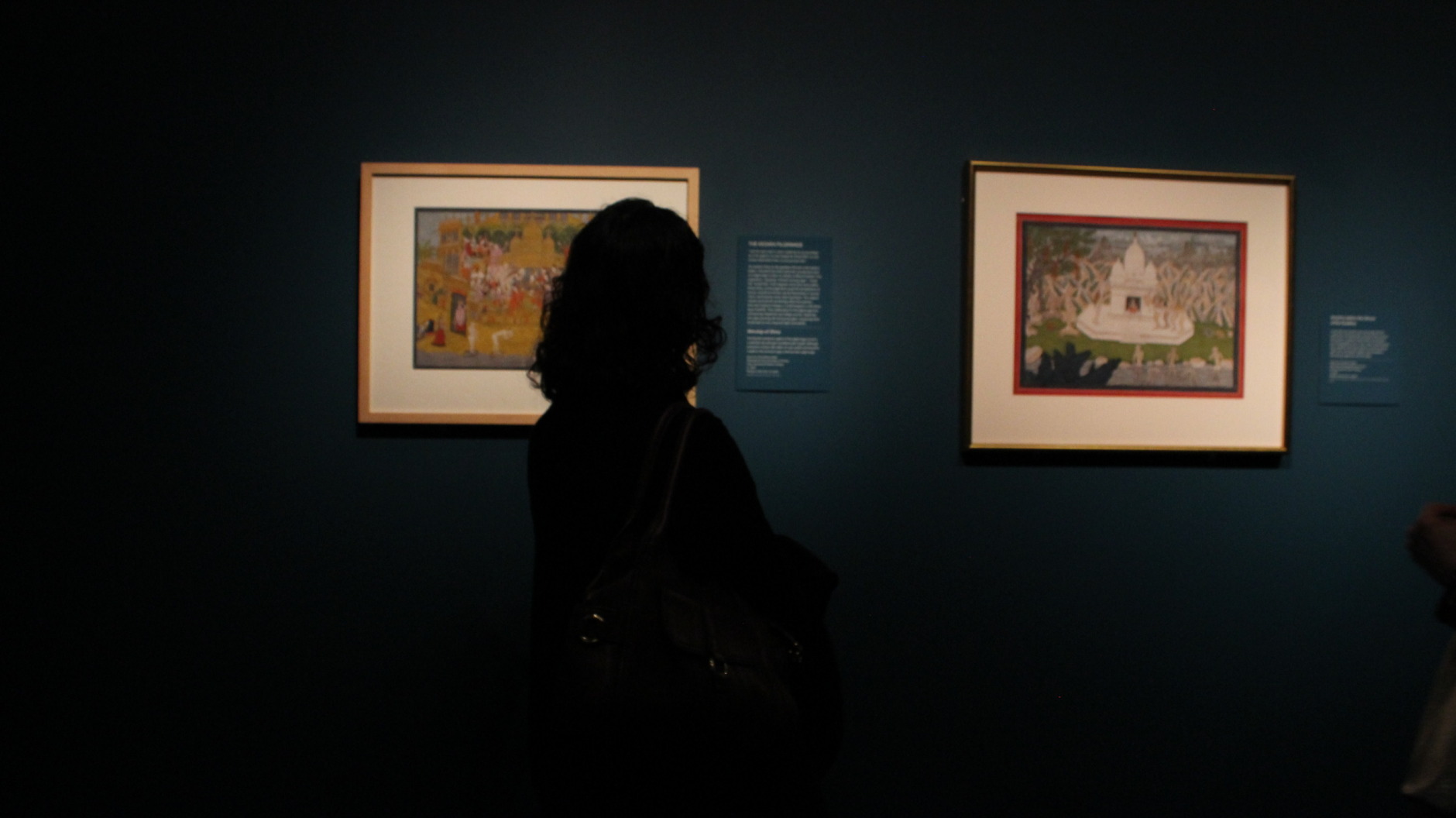
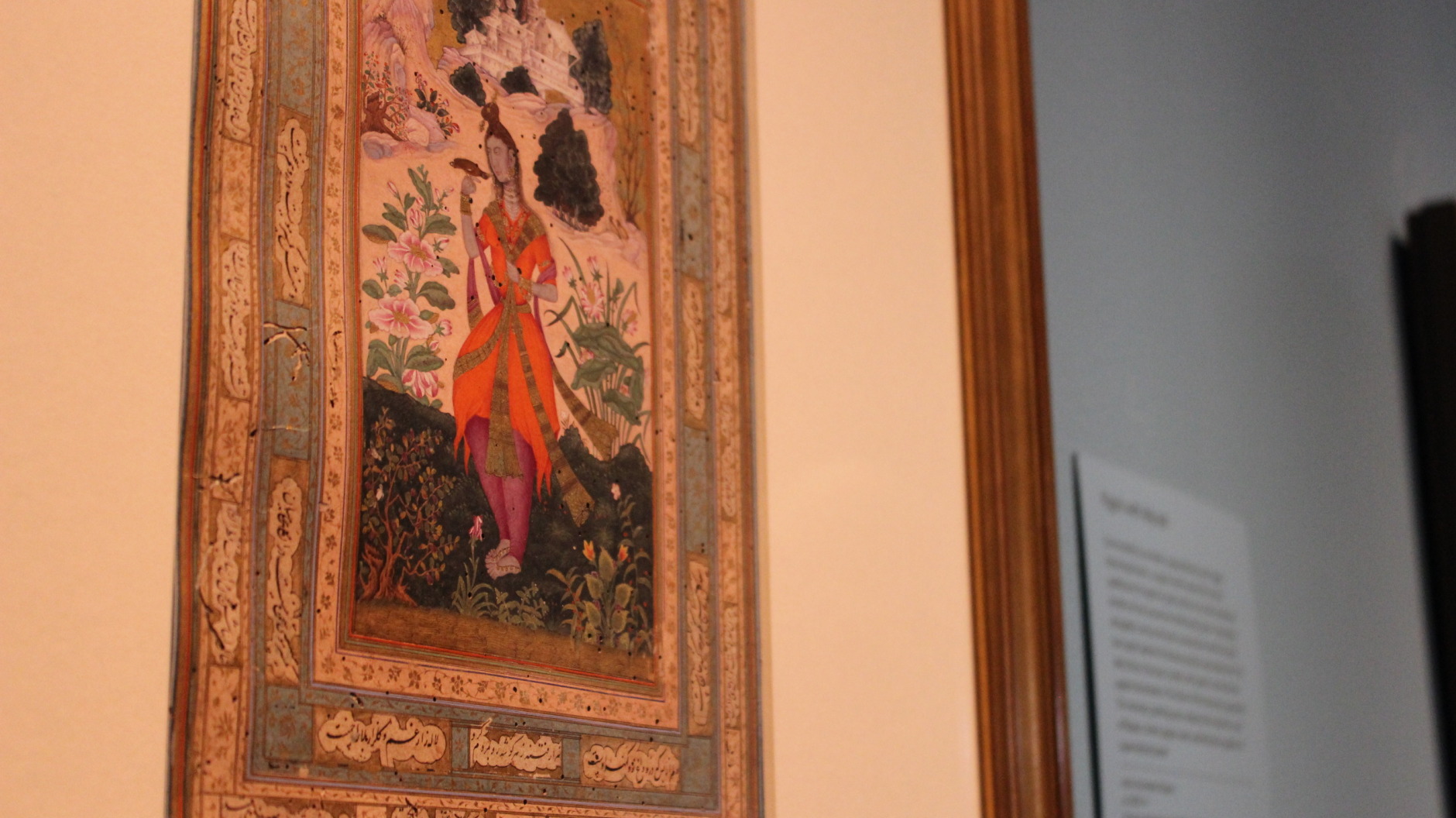
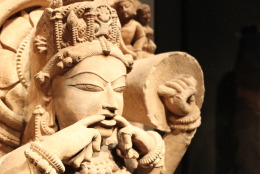
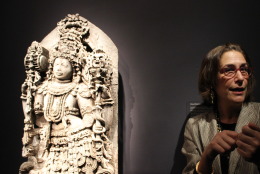
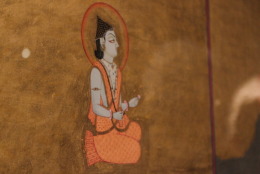
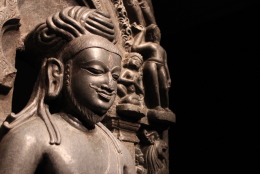


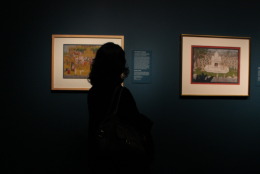

WASHINGTON – A new exhibit at the Smithsonian’s Sackler Gallery is the first to capture the breadth of the breath.
“Yoga: The Art of Transformation” traces 2,000 years of yoga’s history and the visual culture of yoga from a disciplinary perspective.
“Yoga is one of the threads that connects cultures over time,” says Debra Diamond, the exhibition’s curator and associate curator for South Asian art at the Freer and Sackler galleries at the Smithsonian.
“There are so many different histories or strands or traditions of yoga that run concurrently. There isn’t a singular tradition and there isn’t a singular history.”
Diamond first presented the idea for the exhibit to the museum in early 2009, and by the following summer, she began working with a team of more than 15 interdisciplinary scholars — including a philologist, a sanskritist, anthropologists and historians — to build the exhibit.
The collection contains more than 120 objects from 25 different museums and private collections in India, Europe and the U.S., including paintings and sculptures. It focuses on how different practices of yoga have moved across boundaries of different religious and cultural traditions.
In addition to the art component, the exhibition will offer a wide range of interactive activities, including family events, musical performances and even yoga instruction.
John Schumacher, 67, is a yoga instructor at Unity Woods, a studio with locations in Bethesda, Md., Woodley Park, D.C. and Arlington, Va.
Schumacher worked with Diamond on the exhibit, by way of coordinating area yoga instructors to help guide tours. He explains that the museum’s visitors have the option to tour the exhibit with a docent from the gallery and a yoga instructor.
After the tour, visitors can take a class with an instructor.
“They can have an experience of what they’ve been observing,” says Schumacher, who has been practicing yoga in the D.C. area for more than 40 years. “We advise how you translate an art exhibit into a yoga experience through a class.”
Schumacher says the most powerful component of the exhibit is its parallel to the practice of yoga.
“The one common element in all of our experience is change, and we can guide that change in a number of ways,” Schumacher says. “And from a yoga point of view, we’re trying to guide the changes, the transformations we go through, to be awakening for us, liberating for us, enlightening for us.”
“Yoga: The Art of Transformation” will be on view through Jan. 26, 2014.
The exhibit’s curators speak with WTOP about ‘Yoga: The Art of Transformation’:
Geet Jeswani contributed to this report with filming, photos and interviews.
Follow @WTOP and @WTOPliving on Twitter.







